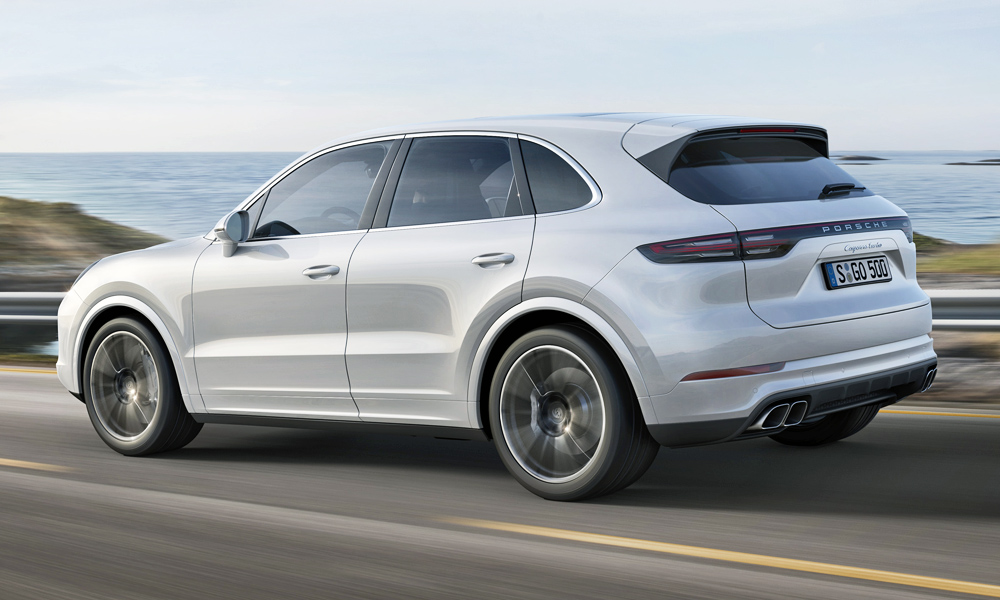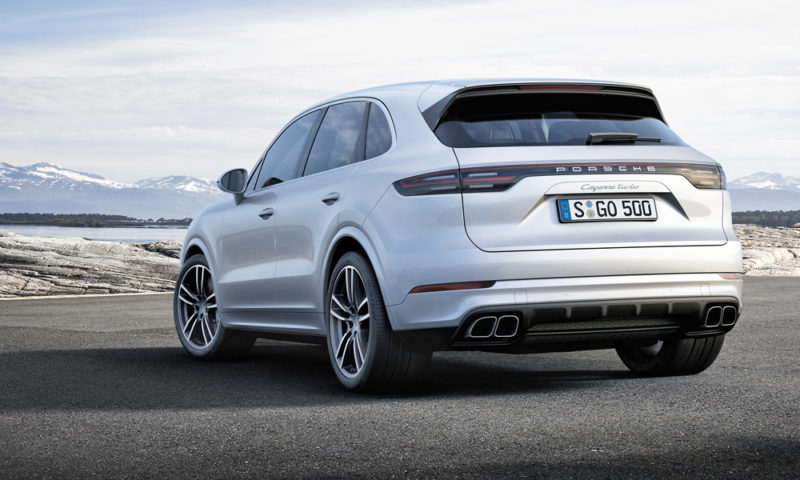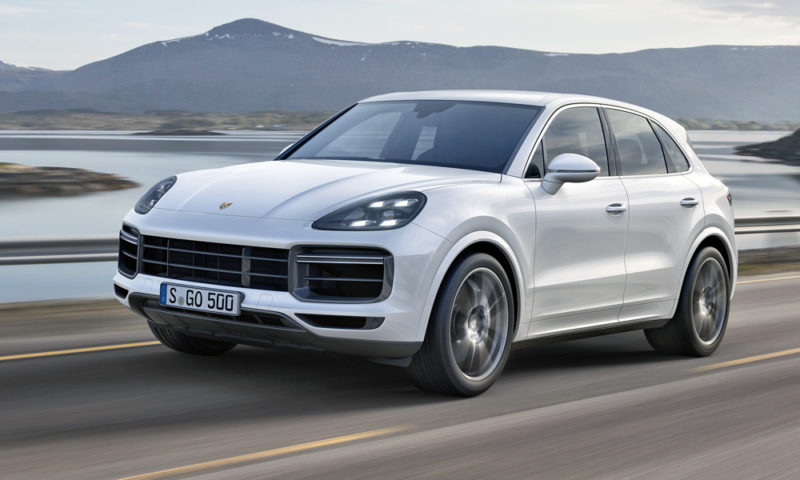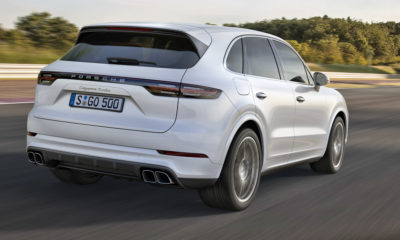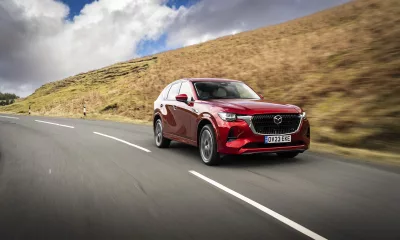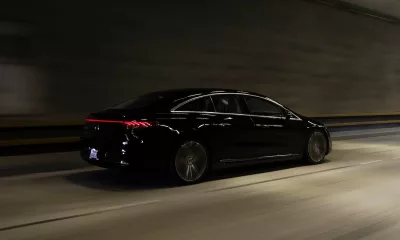CAPE TOWN – It’s become widely accepted that the almost immediate (and since sustained) sales success of the original Cayenne of 2003 allowed Porsche to continue investing heavily in the development of its sports cars, ultimately keeping the brand in rude financial health.
At least that’s how countless staunch fans of the Zuffenhausen-based firm have justified the controversial existence of an SUV with the hallowed Porsche badge affixed to its snout.
But it’s no longer controversial, is it? The overwhelming majority of high-end automakers have since followed Porsche’s lead, offering their own takes on the high-performance crossover. Indeed, these days, the German automaker also sells the smaller Macan, which recently benefited from a facelift, and together with the Cayenne accounted for nearly 60 percent of Porsche sales in the first half of 2018.
And now the third generation of the all-wheel-drive Cayenne has touched down in South Africa. As one might expect, it’s larger, lighter and more powerful than its forebear. The local line-up currently comprises the base Cayenne (powered by a single-turbo 3,0-litre V6), the mid-range S (a twin-turbo 2,9-litre V6 that we earlier sampled in Crete), the frugal E-Hybrid and this, the flagship Turbo.
The range-topper draws its substantial urge from the same twin-turbo 4,0-litre V8 employed by the Panamera Turbo, although in this latest application it’s linked to a ZF-sourced eight-speed automatic transmission rather than Porsche’s own dual-clutch arrangement.
Although the Turbo’s soundtrack is naturally a little more muted than that of its larger-capacity predecessor (which housed a 4,8-litre eight-pot), it delivers plenty of aural drama once the crimson needle swings violently towards the upper regions of a prominent, centrally positioned analogue tachometer, itself flanked by a pair of crystal-clear, seven-inch digital displays.
Still, potter about at town speeds and the V8 becomes remarkably cultured (from the inside, at least), delivering a level of refinement to match the impressive build quality of a new cabin (complete with a 12,3-inch touchscreen) that draws heavily on that of the latest Panamera.
While the low-sited V8’s peak power figure of 404 kW is certainly impressive (and enough for the Cayenne Turbo to sneak onto the list of the ten most powerful SUVs currently available in South Africa), it’s the spread of its 770 N.m – offered from as low as 1 960 r/min all the way through to 4 500 r/min – that is most telling when the hefty Cayenne monsters itself out of a corner.
And monster it most certainly does. Throttle response is brisk enough to briefly fool you into forgetting that a pair of turbochargers is nestled neatly inside the burly eight-cylinder’s “V”, while power delivery is both pleasingly linear and alarmingly ferocious across a broad rev range (Porsche claims a 0-100 km/h time of just 4,1 seconds, or two-tenths quicker with the R19 800 optional Sport Chrono Package specified).
Even in the damp, the Cayenne Turbo’s grip levels are absurdly high, with the standard Pirelli P Zero tyres (285/40 ZR21 fore and 315/35 ZR21 aft) finding traction where there really shouldn’t be any. The Turbo’s uprated braking system, which boasts steel discs coated with a laser-applied layer of tungsten-carbide, provides noticeably improved stopping power over that of the base Cayenne, and is ably supported by the air-brake function of this model’s clever adaptive rear spoiler.
Remarkably, the Turbo hustles through bends without exhibiting the sort of body lean we’ve come to expect from top-heavy SUVs. Like the Bentley Bentayga and Lamborghini Urus with which it shares its MLB Evo platform (architecture that incidentally also underpins the Audi Q7 and Q8, plus the Volkswagen Touareg), the Cayenne Turbo can be optionally specified (R59 240) with a 48 V arrangement that powers an electric roll stabilisation system.
This combines with the standard three-chamber air suspension – which, although sometimes caught out by rutted tarmac at high speed, can also be adjusted to deliver a ride comfort not far off cosseting, even on those 21-inch alloys – to result in an almost 2,2-tonne barge that is more agile than it has any right to be.
Like that first generation and the one after it, this third take on the Cayenne nameplate is more than merely an astute business decision. In fact, there’s little doubt that the Cayenne is still the driver’s choice in this segment. That this latest iteration is also more spacious than before, plus more luxurious, only furthers its already compelling case.
But do you really need the full-fat Turbo over the highly capable Cayenne S? Well, with the latter delivering a level of real-world pace only a whisker behind that of the flagship (albeit sans V8 acoustics), plus as a considerable R862 000 saving, it’s surely the smartest buy in the range.
